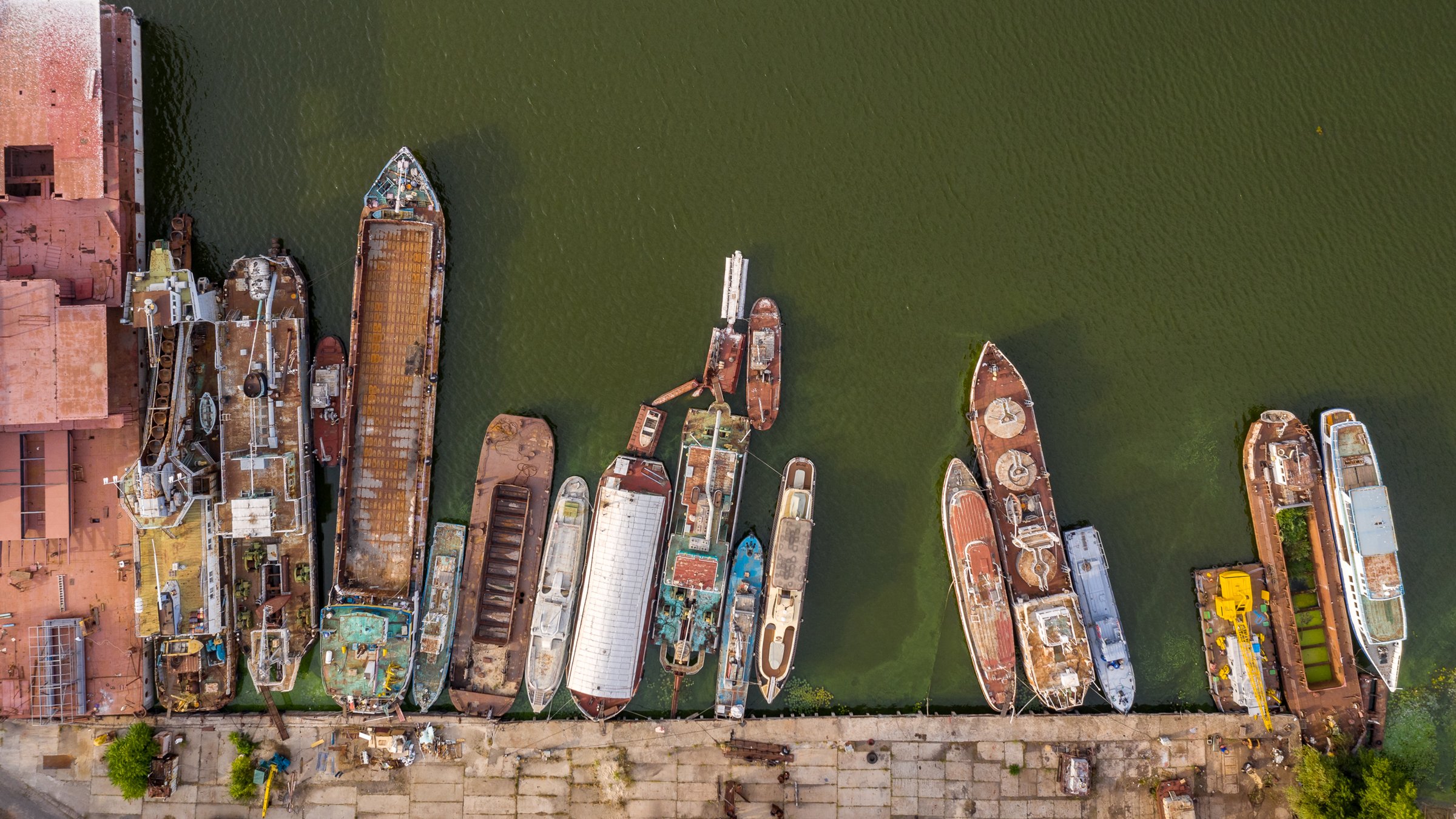Recommended For You
Challenge
- Determine the appropriate number and sizes of product tanks to accommodate the expansion
- Schedule trucks accordingly on the mountain roads to transport rocks efficiently.
- Determine the appropriate number and sizes of product tanks to accommodate the expansion
Solutions
Rockwell Software Arena Simulation Software
An Arena model was built to represent barges entering from and exiting to the bayou, the potential barge staging area, barge load/unload areas, and dedicated product tanks.
- An animation of the system was developed in Arena so analysts could observe barge movements and tank levels
- The animation also helped to communicate system sensitivities to others concerned with the operation of the barge dock area
Results
The simulation determined:
- A tank under construction for the barge area would be too small for near-term production forecasts
- The appropriate size of the tank in order to avoid shutting down the plant
- The plant expansion would not require modifications to the barge-dock area
Background
A global chemical manufacturer is a leading producer of raw materials for coatings, sealants and adhesives. Additionally, they produce colorants for plastics and construction materials. They have been a leading manufacturer of high-performance raw material goods for the last 100 years. At the forefront of research, development and production their innovations set standards for coatings and raw materials throughout the world. Their Baytown, Texas facility houses the companies chief US chemical operations, including their Plastics, Coatings, Polyurethanes and Industrial Chemicals manufacturing groups.
Challenge
The Baytown, Texas facility was planning to increase its use of barges to supply raw materials and ship finished products. In the next few years, the number of chemicals would more than double, and the total number of barges required would more than triple. Plant expansion plans created a need to determine whether barge capacity at the facility was sufficient for effective operations.
Key objectives:
- Determine the appropriate number and sizes of product tanks to accommodate the expansion
- Determine if any modifications to the barge-dock area were necessary to accommodate the expansion
Solution
They needed to assess the potential impact to tank usage rates, barge arrivals, and the number of staging and load/ unload areas for avoiding plant shutdowns. The company looked to the Rockwell Automation Arena consulting team and the Rockwell Software Arena Simulation Software for development of a simulation model of Baytown’s barge-dock operations.
An Arena model was built to represent barges entering from and exiting to the bayou, the potential barge staging area, barge load/unload areas, and dedicated product tanks. The company wanted to be able to change the barge activity times, the number of staging and load/ unload areas, and the numbers and sizes of the product tanks. In order to make these changes easy to implement, a front-end interface was developed in Microsoft Excel. Parameters specified in the Excel front-end were then read into the Arena model at the start of each run.
Three drafts (capacities) of barges were considered in the system: 8’ draft, 8.6’ draft, and 9’ draft. The size of barge used is dependent on the season and weather conditions. The weather conditions considered include the likelihood of fog and low-water days. fog conditions delay the arrival of a barge to the mouth of the dock area. Low-water- days, which occur when strong northerly winds push water out of the bayou, affect which barge drafts are able to move on the bayou.
Historical information on these weather conditions was specified in the Excel front-end. the model reported tank levels for each hour of the run and generated a special report each time an alarm level was reached, thereby alerting their engineers to a problem with the parameter of the system. An animation of the system was developed in Arena so analysts could observe barge movements and tank levels. The animation also helped to communicate system sensitivities to others concerned with the operation of the barge dock area.
Results
This simulation model has been a very useful tool to the company’s Baytown facility. In the first study, it was determined that a tank which was under construction for the barge area would be too small for near-term production forecasts. Aside from pointing out this problem, the model was also used to determine the appropriate size of the tank in order to avoid shutting down the plant. Later, when a decision was made to build a new production area, the simulation verified that the additional product would not require modifications to the barge-dock area.
Pubblicato 2 agosto 2014
